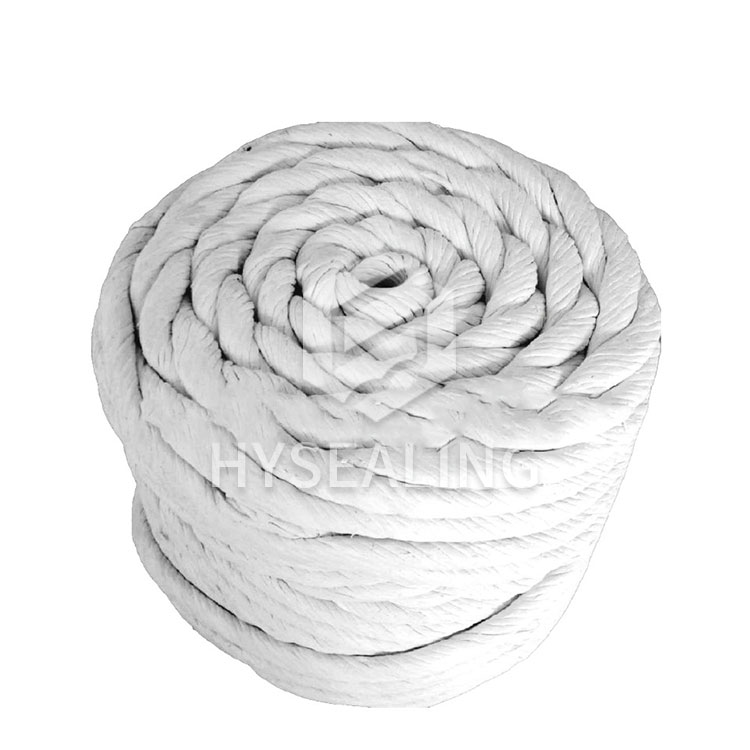Packing is braided yarn made from a variety of materials such as graphite, aramid, and PTFE. Many braided packings will also incorporate blocking agents and other coatings to minimize leakage through them and provide cooling and lubrication during startup. The braided packing is cut into rings, inserted into a stuffing box and compressed using a bolted gland. Under axial compression, the packing expands radially, creating a seal between the stationary body of the equipment and the dynamic surface, usually a rotating shaft.The perception is often that this is an outdated technology suited to the steam-powered equipment of past centuries rather than one capable of meeting the needs of modern industry. But nothing could be further from the reality of contemporary packing products. Current technology utilized to design and manufacture high performance ensures that packing will be keeping up, not only with current but also with future needs and requirements.
Many factors need to be considered for a properly functioning sealing system, starting with packing construction, the fiber utilized for sealing, the reinforcements to prevent extrusion, and the blocking agents and lubricants to prevent permeation and to reduce friction. Then, it is necessary to establish the load sufficient to compress the packing against the stem to achieve sealing while maintaining friction as low as possible.
General requirements for packing are resilience, chemical resistance, strength and temperature resistance. Compression packing is considered a cost effective sealing solution, particularly in applications with larger shaft diameters for which other sealing options are more costly. The standard packing designs and materials in use today can handle some pretty extreme conditions, i.e. pressures to 500 psi (34 bar), shaft speeds to more than 4,000 feet per minute (more than 20 meters per second) and temperatures to more than 600 degrees F (more than 315 degrees C).







